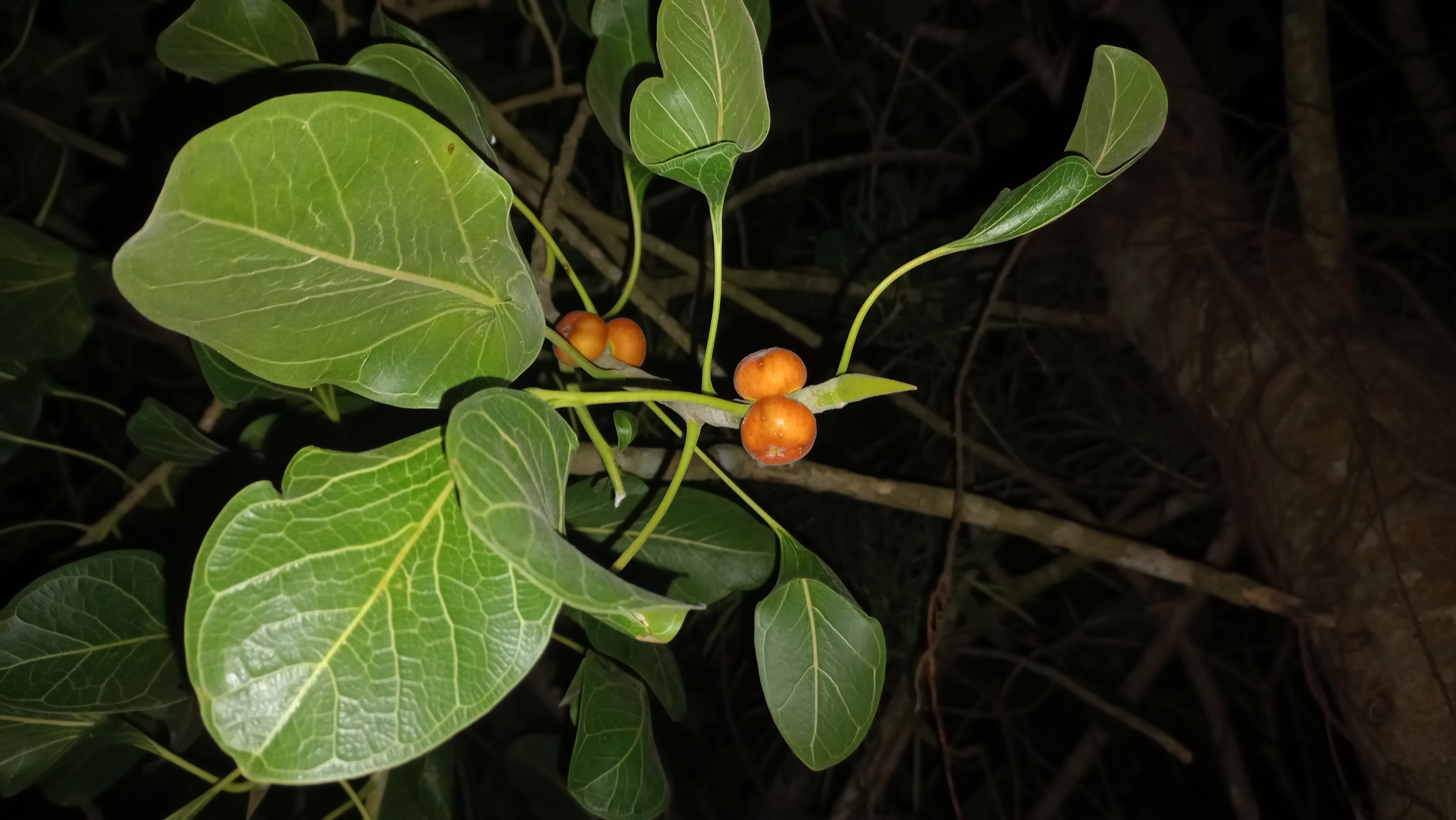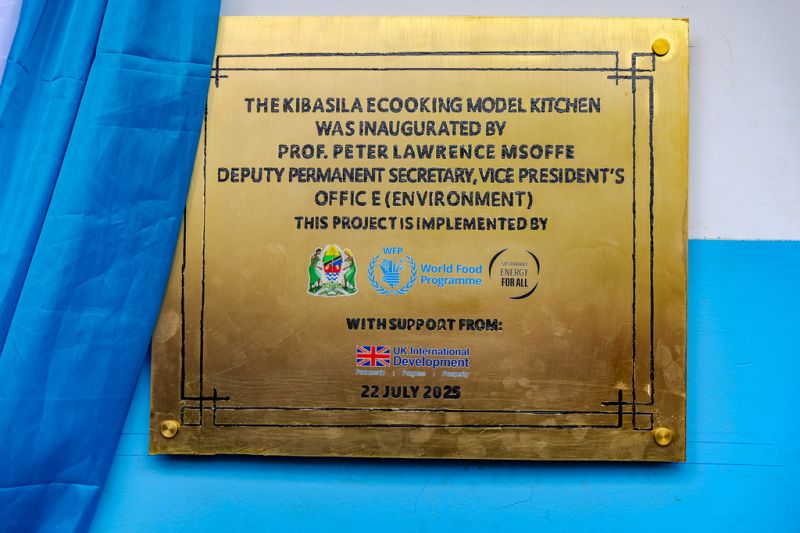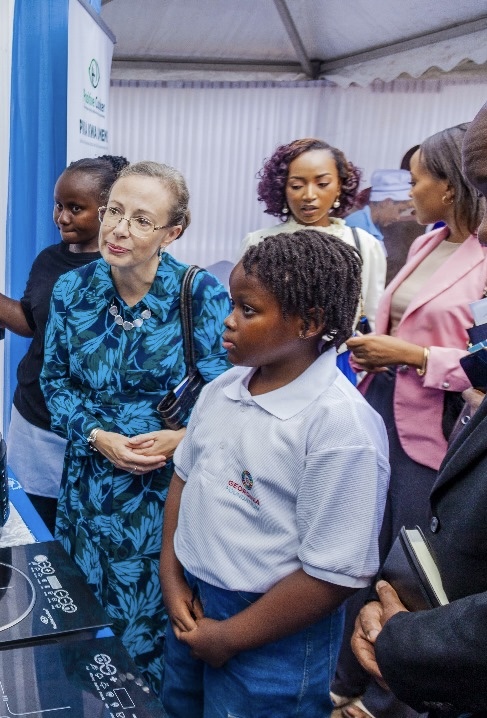
Ficus Krishnae: A Glimpse into Odisha's Sacred Fig and Its Natural Beauty.
In the heart of India’s Odisha region lies a unique and striking tree—Ficus Krishnae, also known as the Sacred Fig. While this species may be native to India, its incredible versatility and beauty make it a tree with global appeal. From its rich ornamental value to its significant ecological role, Ficus Krishnae is becoming an increasingly popular choice for gardens, parks, and public landscapes around the world. But beyond its beauty, this tree also carries deep cultural and environmental importance, making it a symbol of both natural harmony and human connection to the environment.
Ficus Krishnae is a species of fig tree belonging to the Moraceae family, a group that also includes the famous banyan (Ficus benghalensis) and the peepal (Ficus religiosa). This tree is admired worldwide for its glossy, dark green leaves that create a striking contrast against the bright orange or red fruits that develop on its branches. These vivid fruits, coupled with the tree’s elegant canopy, make Ficus Krishnae a favorite in landscaping, especially for those looking to create lush, tropical environments in both residential and public spaces.
What makes Ficus Krishnae especially appealing is its adaptability. Thriving in a range of climates, from tropical to subtropical, this tree is a hardy, low-maintenance choice for urban and rural landscapes alike. Whether used as an ornamental specimen in home gardens, as part of an eco-friendly urban greening project, or planted along streets and pathways, Ficus Krishnae adds a touch of exotic beauty to any setting. It requires minimal care once established, thriving in well-drained soil and tolerating periods of drought, which makes it ideal for regions with dry seasons or water scarcity.
Beyond its visual appeal, Ficus Krishnae plays a significant role in maintaining ecological balance. In its native habitat, the tree is a vital part of the local ecosystem, supporting a wide variety of wildlife. Its dense foliage provides shelter for birds, small mammals, and insects, while its small, round fruits are a food source for various species, including birds that help disperse its seeds.
The tree also serves as an important soil stabilizer. With its deep and spreading root system, Ficus Krishnae helps prevent soil erosion, particularly in areas prone to land degradation, such as riverbanks and hilly terrains. By planting Ficus Krishnae, communities around the world can contribute to maintaining the health of their local environment, improving soil quality, and supporting biodiversity. This tree’s ability to flourish in a range of soil types and climates also makes it a perfect candidate for environmental restoration projects. Whether reforesting deforested areas or stabilizing degraded lands, Ficus Krishnae proves to be a valuable ally in the fight against climate change.
In addition to its ecological importance, Ficus Krishnae is deeply intertwined with cultural and spiritual traditions. In India, where the tree is often found near temples and sacred groves, it holds great significance in local religious practices. The Ficus genus is associated with Hinduism, Buddhism, and Jainism, and trees like Ficus Krishnae are considered symbols of strength, longevity, and protection. The act of planting a Ficus Krishnae near a temple or a home is believed to bring blessings and prosperity. Though Ficus Krishnae may not be as widely recognized in other parts of the world as its cousins, such as the peepal tree, its cultural and spiritual resonance is significant. In global contexts, the symbolism of strength and protection resonates with various cultures, and the tree is increasingly seen as a symbol of resilience and sustainability. For those who practice sustainable living or are interested in eco-conscious gardening, planting a Ficus Krishnae becomes an act that ties environmental stewardship with cultural mindfulness.
Ficus Krishnae has found its way into international gardens and landscapes, especially as the demand for unique and hardy ornamental plants grows. The tree’s ability to adapt to different environments makes it suitable for a variety of landscapes, whether in tropical, subtropical, or even temperate climates. Its lush appearance adds a tropical feel to urban gardens, parks, and public spaces, especially in regions where growing native species is encouraged.
For gardeners looking for a plant that combines beauty, ecological function, and cultural depth, Ficus Krishnae offers a versatile solution. It works well as a feature tree in large gardens, as a hedge for privacy, or even as a container plant for smaller spaces. With its slow-growing nature, it is ideal for urban areas where large, fast-growing trees may not be appropriate. As a result, this tree has become a favored choice for eco-conscious landscapers and city planners who seek to integrate more greenery into urban environments.
The global interest in Ficus Krishnae reflects a broader trend toward sustainability and environmental consciousness. As urbanization accelerates and the effects of climate change become more pronounced, more people are looking to native and hardy plants like Ficus Krishnae to create greener, more sustainable living spaces. This tree’s drought resistance, soil-stabilizing properties, and role in supporting biodiversity make it an ideal choice for landscaping projects focused on environmental sustainability. In conservation efforts, Ficus Krishnae offers valuable ecological services. By protecting this tree and promoting its cultivation in reforestation and green building projects, we can help mitigate the environmental challenges that affect many parts of the world. Its use in land restoration efforts could help stabilize soil in areas vulnerable to erosion, while also providing food and shelter for wildlife.
Ficus Krishnae is more than just a beautiful ornamental tree; it is a vital component of ecosystems, a symbol of cultural heritage, and a sustainable choice for gardeners and city planners worldwide. Whether appreciated for its lush beauty, its ecological contributions, or its spiritual significance, this sacred fig tree is a reminder of the deep connection between nature and human culture. As more people around the world seek ways to live in harmony with the environment, Ficus Krishnae stands as a living example of how one tree can bring beauty, balance, and sustainability to the places we live.
From its origins in Odisha to gardens and green spaces around the world, Ficus Krishnae has proven itself to be a tree of global importance. As we move toward a more sustainable and ecologically aware future, planting and preserving trees like Ficus Krishnae can make a lasting impact on our planet, one tree at a time.





